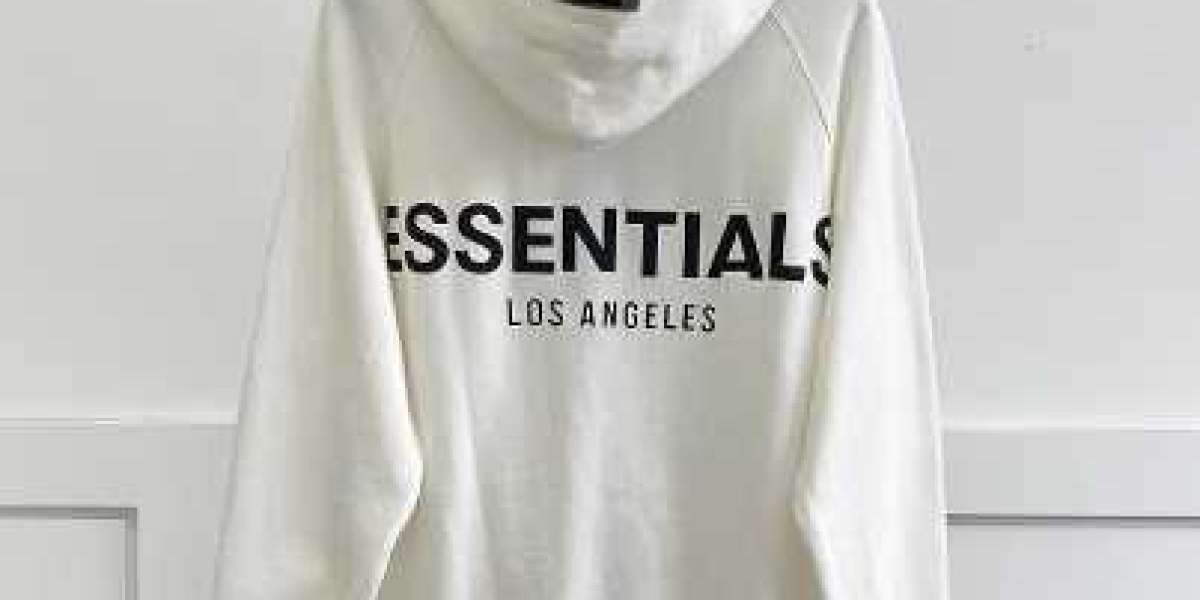Essentials Hoodie: The Cultural Appropriation Debate
In recent years, the term "cultural appropriation" has gained prominence in the mainstream dialogue. It refers to the act of taking elements from one culture, particularly from minority cultures, Essentials Hoodie without understanding or respecting the original context, and using them in a way that can be seen as trivializing or commodifying them. This debate has extended to various elements, from music to hairstyles and even fashion items, one of which is the "Essentials Hoodie".
The hoodie, for many, is a simple piece of clothing—a comfort item worn casually. But like many aspects of fashion, its history and cultural significance are more complex than they might first appear. Before diving into the debate surrounding the Essentials Hoodie, it's essential to understand the cultural background of the hoodie itself.
The hoodie has roots in medieval Europe but gained popularity in the United States in the 1930s as a functional item for workers in cold storage warehouses. Its contemporary cultural relevance, however, began in the 1970s and 1980s when hip hop culture in New York City adopted it. For many African Americans, the hoodie became a symbol of defiance, resilience, and identity, especially against the backdrop of socio-economic challenges. This sentiment was further entrenched in the 2010s with cases like that of Trayvon Martin, where the hoodie became a symbol against racial profiling and systemic injustice.
With this backdrop, the debate around the Essentials Hoodie emerges. Is the commercialization and widespread use of hoodies, such as the Essentials line, an act of cultural appropriation? Or is it merely an example of how fashion items naturally evolve and become embraced by the broader population?
Arguments Claiming Cultural Appropriation
- Erosion of Meaning: Critics argue that as hoodies like the Essentials become fashion statements for the broader population, they strip away the historical and cultural significance tied to the African American community.
- Commodification: The fashion industry is known for co-opting elements from various cultures and selling them as trendy items. This process can commodify the struggles and stories behind these elements.
- Lack of Acknowledgment: Many argue that if a brand is going to profit from an item with such a weighted history, there should be acknowledgment and possibly even compensation to the communities from which it originated.
Counterarguments
- Natural Cultural Evolution: Fashion has always been a reflection of societal changes and evolutions. Some argue that the hoodie's broad acceptance is a natural progression and not necessarily appropriation.
- Wider Symbolism: The hoodie, for many, has come to represent more than just its ties to hip hop or racial struggles. It symbolizes comfort, rebellion, or even just personal style.
- Inclusivity: Fashion can act as a bridge.Essentials Tracksuit When people from various backgrounds wear hoodies, it can be a sign of solidarity or understanding, blurring cultural lines in a positive way.
Conclusion
The debate around the Essentials Hoodie and cultural appropriation is multifaceted. While it's undeniable that the hoodie carries significant cultural weight, particularly for African Americans, its broader adoption by society is both celebrated and critiqued. As with many debates on cultural appropriation, the key lies in understanding, respect, and dialogue. Brands and consumers alike must be willing to engage with the histories and significances of the items they produce and wear. Only through this awareness can fashion truly celebrate culture rather than exploit it.







